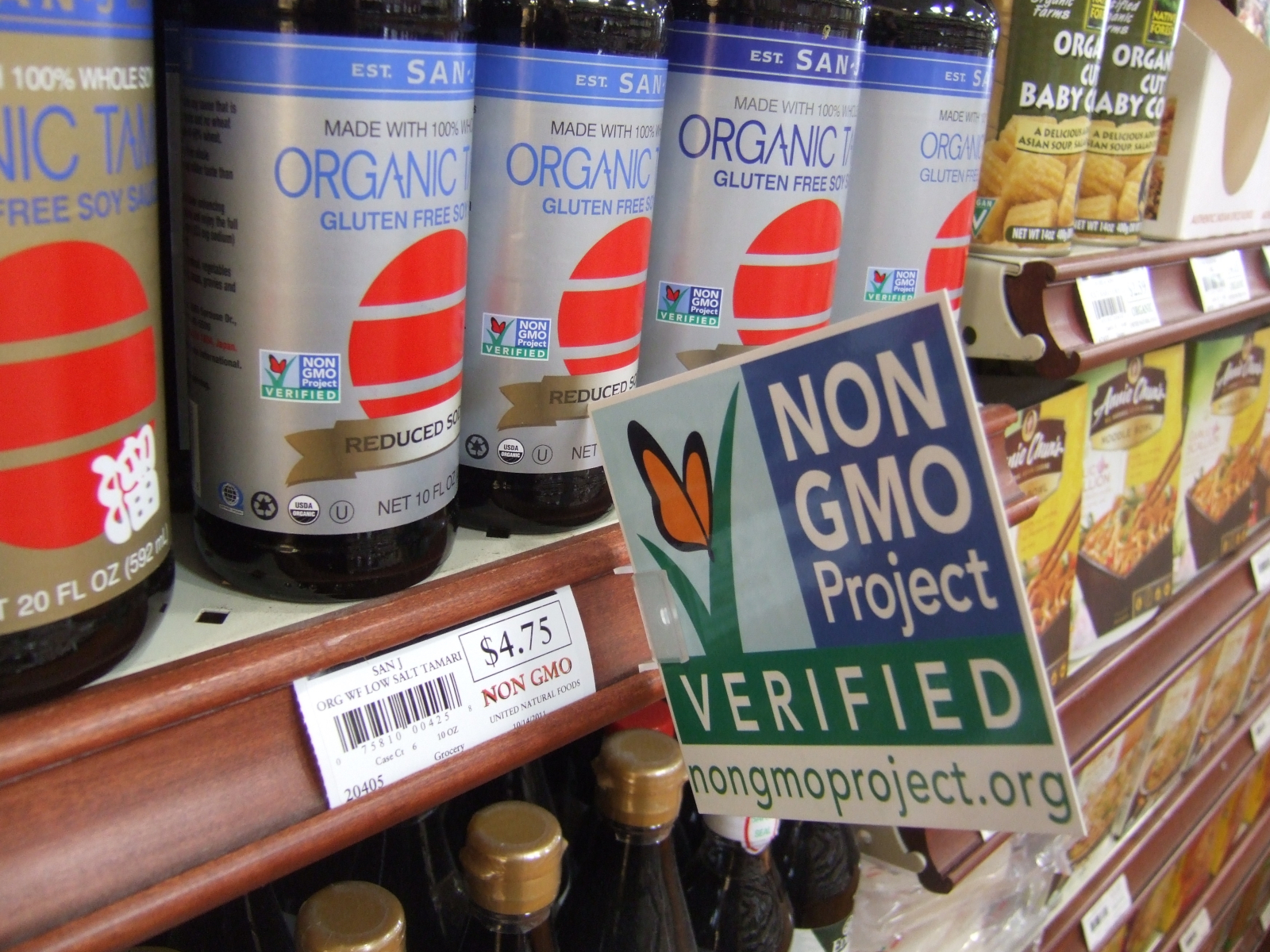The U.S. Department of Agriculture’s new rules for labeling genetically engineered—or “bioengineered” as the term USDA prefers—were introduced in December and met with near universal criticism from consumer advocates and even large food companies. But surprisingly the biggest beneficiary of the “National Bioengineered Food Disclosure Standard” could be the Non-GMO Project, according to several industry experts.
“Hands non-GMO industry opportunity on a silver platter”
“This law is a huge victory for non-GMO,” says Carl Jorgensen, executive vice president, managing director, Free From Forum. “The Non-GMO Project will definitely benefit, because it represents a rigorous, quantifiable, and defensible standard, which the new rules do not. The new rules leave the Non-GMO Project, or any other authentic standard in charge of the narrative. That’s where the power to communicate and to drive growth is. The result of this new law is to hand the non-GMO industry an opportunity on a silver platter.”
The new labeling rules allow food companies to make voluntary non-GMO claims, and Jorgensen says companies will take advantage of that opportunity.
“Brands now have a clearer path to communicating their non-GMO status now that they know there is nothing to fear from the new rules. This is widening the road, making it easier to define what non-GMO is. The new rules essentially encourage companies to make non-GMO claims.”
Alan Lewis, director of government affairs and food and agriculture policy for Natural Grocers, agrees. “The Non-GMO Project is clearly the big winner, since the seal will be more important than ever. Without the Non-GMO Project drawing a bright line between foods produced with GMOs and not, genetically modified production would have completely dominated the market by now.”
Jane Kolodinsky, Chair of Community Development and Applied Economics at the University of Vermont, also sees the Non-GMO Project benefitting from the new rules.
“More companies will voluntarily label their products as not produced using bioengineering. If a company wants a certifiable label, I believe the Non-GMO Project is going to grow.”
New labeling rule creates another layer of confusion
Kolodinsky, who has published research on consumer attitudes around GMO labeling, sees several problems with the new labeling rules. One is terminology; the rules uses the term “bioengineered” instead of the more commonly used terms like “GMO,” “genetically modified,” or “genetically engineered.”
“Consumers will have to learn a whole new lexicon that ‘bioengineered’ means ‘genetically modified,’ ” she says. “I think that this will take time to spread through the population who are interested in using the labels, just like any logo change that a company makes takes time.”
Jorgensen agrees. “By introducing an unfamiliar term, ‘bioengineered,’ the rules create one more layer of confusion in an already confusing landscape.”
Another problem is the rules’ allowance for the use of QR (quick response) codes or “smart labels” to disclose the genetically engineered status of foods. Kolodinsky’s research found that less than 10 percent of consumers wanted the QR code, which must be read by a smart phone, as an option. Despite that and the fact that many people don’t even own smart phones, many food companies are using QR codes.
Yet another problem is that even if consumers do scan a QR code they won’t automatically access GMO information from a company’s website, according to a test by Kolodinsky.
“The QR code didn’t go directly to genetic engineering, it went to a company website that contained a whole lot of information about the product,” Kolodinsky. “You had to do three or four clicks to get to what you wanted. In that way it isn’t transparent.”
Jorgensen calls the QR codes or smart labels “a vehicle to essentially maintain a lack of transparency,” which runs counter to a major food industry trend.
“Consumers today are absolutely demanding more transparency,” he says. “People want to know what’s in their food, where it comes from, and how it’s made. Something like this reduces transparency.”
The rules also won’t address products made using new genetic engineering technologies like gene editing and synthetic biology.
“The biggest problem is that synthetic biology is the real threat; old-school genetic engineering is archaic and little used,” Lewis says. “The whole hullabaloo over GMO labeling looks silly compared to the massive unknown and unintended consequences of the global rush to create millions of novel living species (using synthetic biology).”
Companies will voluntarily label highly processed GMO ingredients
While the new rules exempt disclosing highly processed GMO-derived ingredients, such as oils or beet sugar, if genetically engineered DNA is not detectable, Kolodinsky thinks many companies will voluntarily label products containing such ingredients. In fact, several large companies such as General Mills, Mars, and Campbell’s have been labeling such products since 2016 in advance of Vermont’s GMO labeling law. Others could follow their example, Kolodinsky says.
“The large companies that said they believe in transparency will provide it even labeling products that aren’t required to be labeled.”
Another voluntary label: “Not Produced Using Bioengineering” may also emerge.
“Voluntary labeling is going to expand,” Kolodinsky says. “Producers will provide this information in a way that says their products are not produced using bioengineering. I don’t know what the criterion is going to be for that voluntary label. This law was established for foods that must disclose (the use of bioengineering); it isn’t set up for foods that have the absence of the quality.”
If the new bioengineered labels cause confusion—a real possibility—consumers could seek foods with familiar labels such as the USDA organic seal and the Non-GMO Project butterfly logo.
“To make it easier for consumers who have so much information overload, both of those labels, which are certified, recognizable, and have track records in the marketplace, could benefit from the ambiguities in the National Bioengineered Food Disclosure Standard,” Kolodinsky says.









